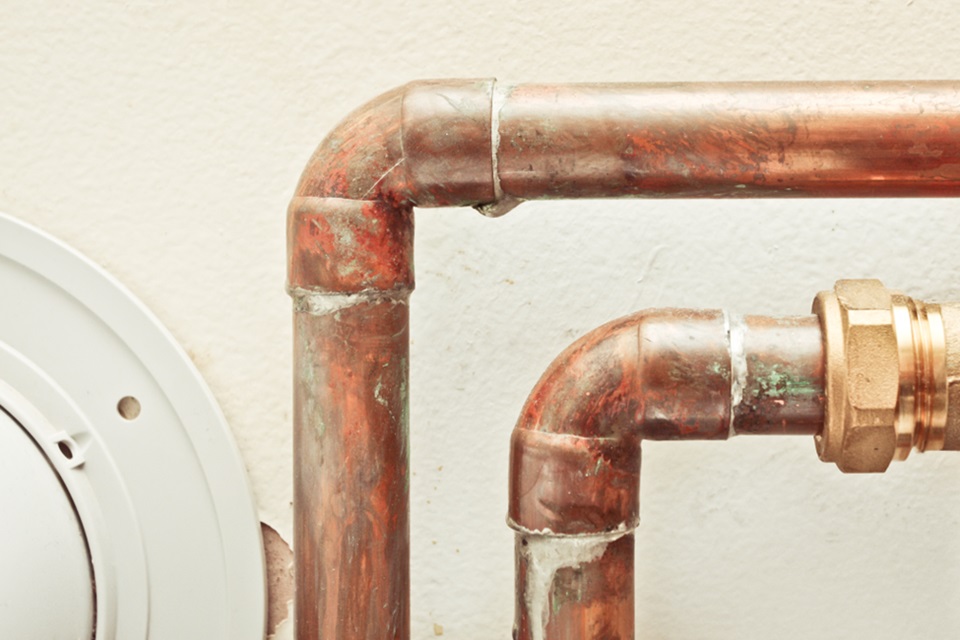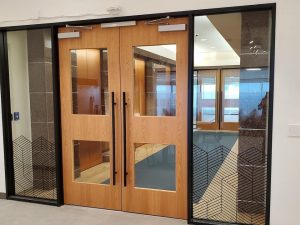Home maintenance can be demanding, with many systems and structures needing regular checks to ensure a comfortable, safe living environment. Few issues can be as nightmarish to a homeowner as a collapsed sewer line — the very artery of your home’s sanitation system. This plumbing disaster can lead to unpleasant and costly consequences when left unaddressed. As such, recognizing the early warning signs can spare you from the brunt of this catastrophe.This comprehensive guide will help you stay informed and proactive, pinpointing the pivotal signs that your sewer line may be on the brink of collapse.
Recurring Drain Clogs
If stubborn clogs are recurring in your drains despite your efforts to clear them, it could signal an underlying issue. Though hair, soap, and grease are common culprits for clogged drains, persistent blockages can be a symptom of a more serious issue — a collapsed sewer line. Since your home’s entire drainage system connects to the main sewer line, a collapse can lead to slow drainage or even complete blockages in various sinks, tubs, and toilets throughout the house. If you find your plungers and drain snakes becoming household staples, consider seeking professional advice to investigate the possibility of a collapsed sewer line.
Foul Odors In The Yard
Out-of-place odors are often indicative of something amiss. If your yard is frequently marred by a foul smell that persists despite weather conditions, chirping birds, or other environmental factors that could typically disperse the scent, this olfactory disturbance could be due to a cracked or collapsed sewer line. Methane gas, a natural byproduct of the breakdown of organic materials found in waste, is typically vented through the sewer system. If a sewer line has collapsed, this gas can escape, leading to unpleasant yard odors. Conduct a visual inspection of your yard, taking note of any particularly damp or discolored patches that could indicate waste leakage.
Lush Patches In The Grass
While a lush lawn is usually a sight for sore eyes, patches of unusually vibrant and full grass could indicate a problem underground. A collapsed sewer line can act as a makeshift fertilizer, providing the surrounding soil with the nutrients it craves. This can lead to heightened grass growth in specific areas — an uncanny physical indicator that your sewer line might be spreading more than just water under the surface of your lawn. Proceed with caution and consider a more in-depth investigation of your home’s buried systems if you notice these unusual lawn features.
Sinkholes & Subsidence
The erosion caused by untreated leaks from a collapsed sewer line can lead to subsidence — the gradual caving in or sinking of an area of land. Sinkholes are a dramatic manifestation of this and can pose a significant risk to your property and its inhabitants. One telltale of subsidence is new, unexplained cracks in your home’s foundations or concrete surfaces, such as walkways or the driveway. If you come across any of these, it’s time to call professionals who can assess the problem and determine if it is linked to a failing sewer line.
Rodent Infestations
Rodents thrive in conditions often connected to sewers, and a collapsed sewer line provides a direct passage into your living space. If you notice a sudden uptick in pest presence, it might be because the pests use the opening in your damaged sewer line to access your home. Often, the line damage that permits access to pests can also cause waste leakage, exacerbating the issue further.
Regularly scheduled professional inspections can further fortify your home’s defenses against potential sewer line disasters. Remember, when it comes to your home’s plumbing, early detection can save you from a world of headaches and hefty repair bills. If you’ve noticed any of these signs in your home or want peace of mind with a well-maintained sewer line, consult a qualified plumber for assistance.






Leave a Reply